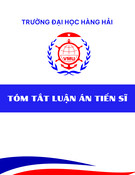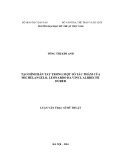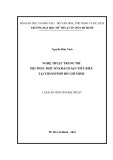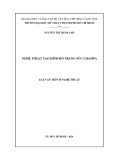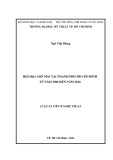
Characterisation and Mitigation of the Fouling of Ceramic
Microfiltration Membranes Caused by
Algal Organic Matter Released from Cyanobacteria
A thesis submitted in fulfilment of the requirements for the degree of Doctor of Philosophy (PhD)
Xiaolei Zhang
Master of Engineering (Environmental), Shanghai University, China
School of Civil Environmental and Chemical Engineering
College of Science Engineering and Health
RMIT University
August 2014





